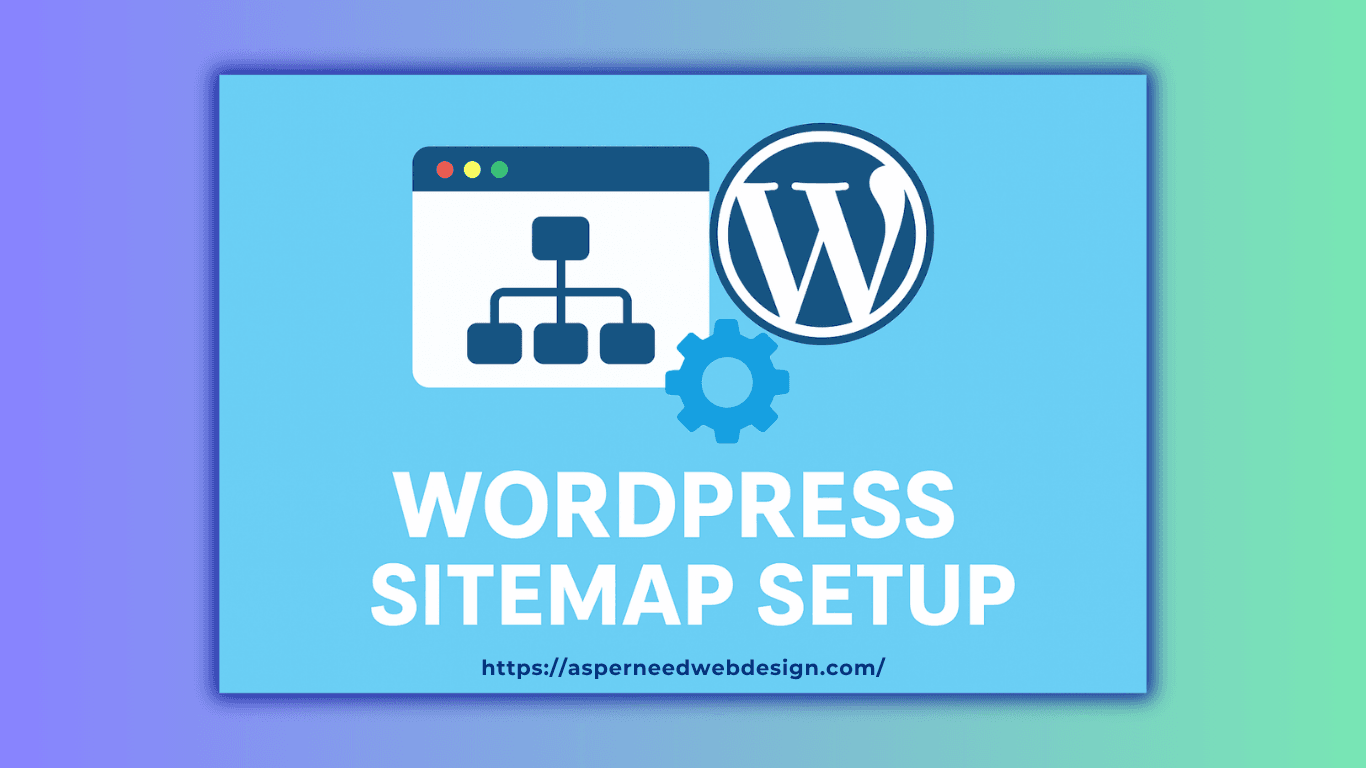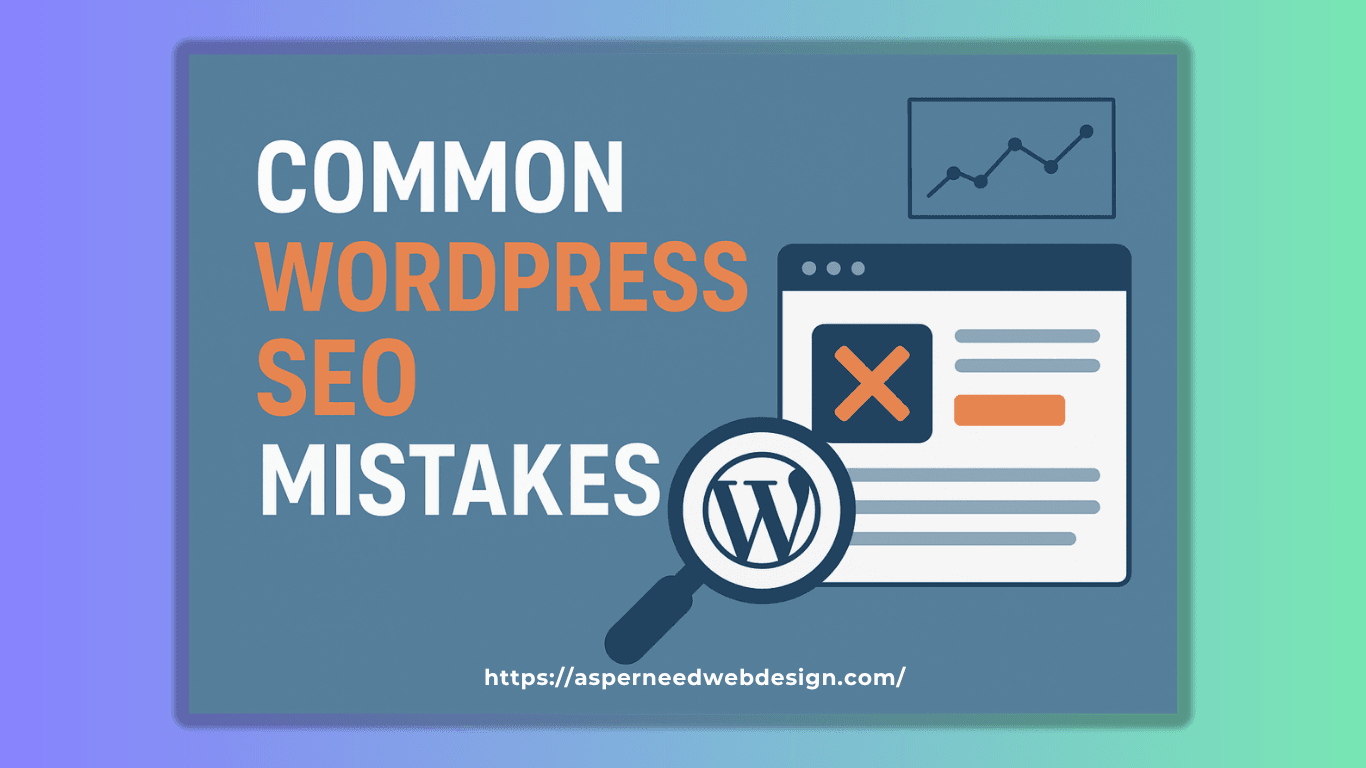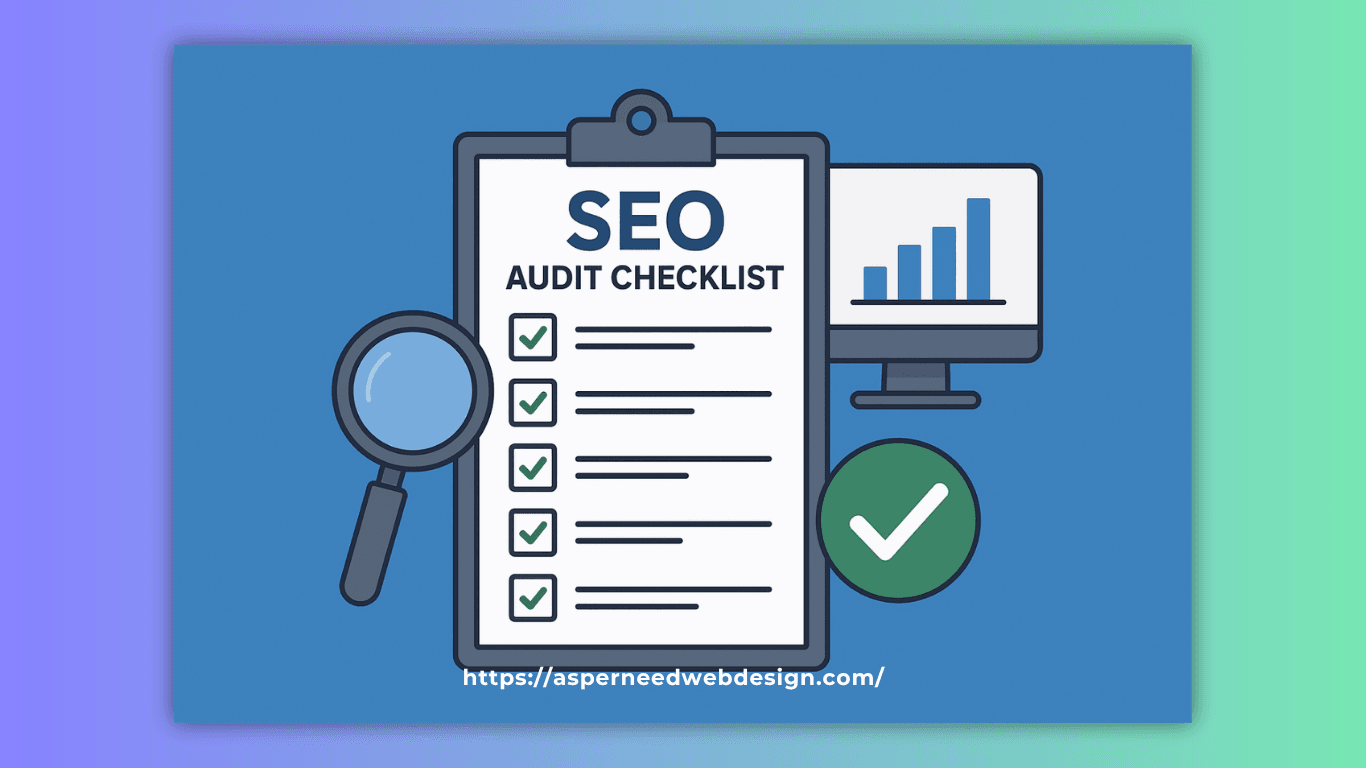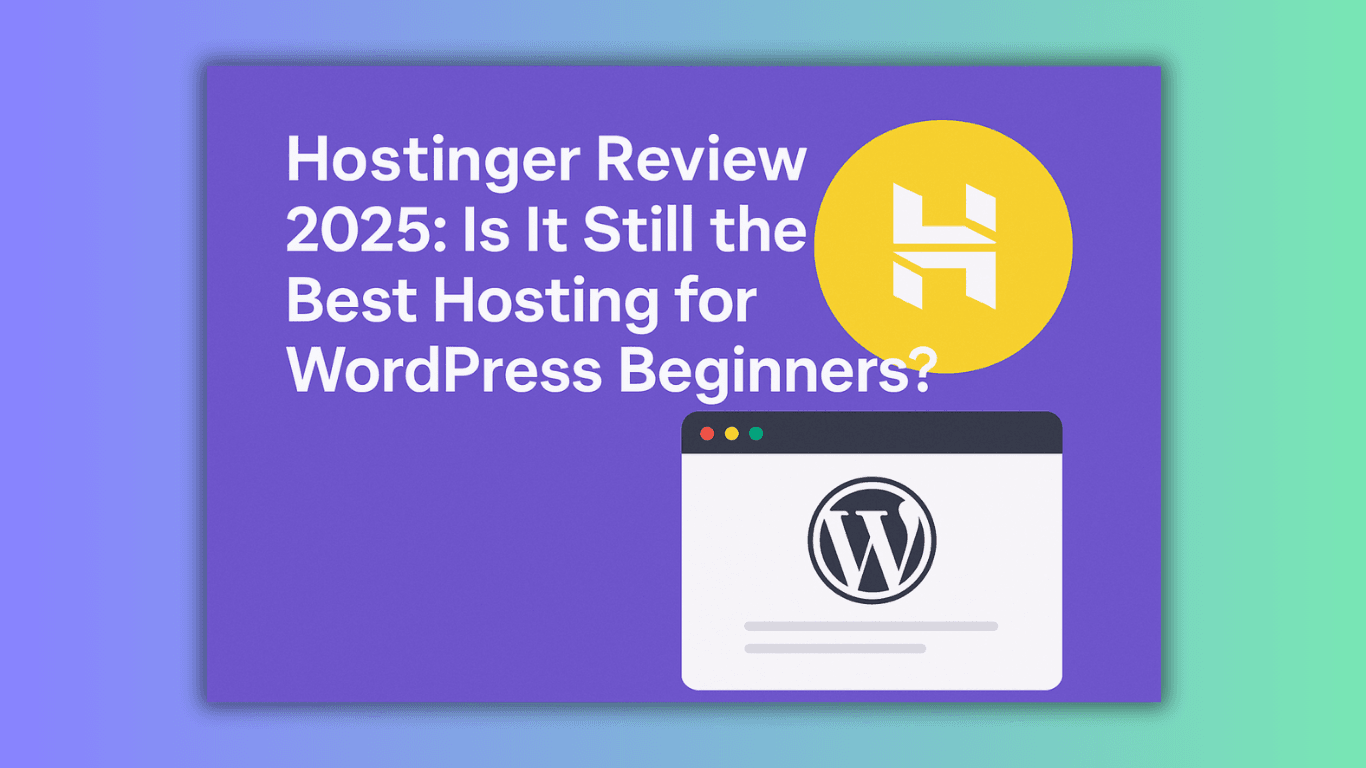If you want your WordPress site to rank higher on Google, doing a proper WordPress sitemap setup is one of the first things you should do. A sitemap helps search engines like Google understand your website’s structure, find all your pages, and index them properly. Without a sitemap, some of your pages might never show up in search results. In this guide, we’ll walk you through how to create and submit your WordPress sitemap setup easily, even if you’re not tech-savvy.
Table of Contents
What Is a Sitemap in WordPress?
A sitemap is basically a file that lists all the important pages on your website. It tells search engines what to crawl and what’s important. For WordPress sites, this file is usually in XML format, which means it’s designed for search engines, not humans.
Think of it like a roadmap of your website — it helps Google navigate your content efficiently. WordPress automatically generates a basic sitemap, but you can also use plugins for more control and features.
Why You Need a Sitemap for SEO
Having a sitemap doesn’t guarantee top rankings, but it’s essential for better indexing. Here’s why it’s so helpful:
- Faster Indexing: Google finds new pages quickly.
- Better Crawling: Search engines understand your site’s structure.
- Fix Crawl Issues: Makes it easier to spot and fix indexing problems.
- Improves SEO: When all your content is indexed, your chances of ranking increase.
So, whether you run a blog, a business site, or an online store, a sitemap is a must for proper SEO setup.
How to Create a Sitemap in WordPress
There are a few easy ways to create a sitemap. Let’s look at the most common ones.
Using WordPress Default Sitemap
If you’re using WordPress 5.5 or later, your site already has a basic sitemap.
Just type this in your browser:
https://yourdomain.com/wp-sitemap.xml
Replace “yourdomain.com” with your actual site name.
This is your default sitemap, but it’s pretty basic and doesn’t offer much customization.
Using an SEO Plugin (Recommended)
The easiest and most popular way is through a plugin.
Here are the best options:
- Yoast SEO:
After installing and activating Yoast, go to SEO → General → Features and turn on the “XML Sitemaps” option. Then click on the question mark icon next to it and choose “See the XML sitemap.” - Rank Math:
Go to Rank Math → Sitemap Settings and enable sitemaps. You can include or exclude specific post types or pages. - All in One SEO (AIOSEO):
This plugin automatically creates a sitemap once installed. You can view it under All in One SEO → Sitemaps.
Each of these plugins gives you more flexibility than the default option and is perfect for optimizing your WordPress sitemap setup.
How to Submit Your Sitemap to Google
Once your sitemap is ready, it’s time to submit it to Google Search Console.
Here’s how to do it:
- Go to Google Search Console.
- Sign in using your Google account.
- Add your website (if you haven’t already).
- On the left sidebar, click “Sitemaps.”
- Enter your sitemap URL (for example, wp-sitemap.xml or sitemap_index.xml).
- Click Submit.
That’s it! Google will now start crawling your website and index your pages faster. You can also check for errors or see when Google last crawled your site.
Tips for Maintaining a Healthy Sitemap
- Update your sitemap regularly when you add or remove pages.
- Avoid including unnecessary or duplicate URLs.
- Use only one sitemap file unless your site is huge.
- Re-submit it to Google after major website changes.
A well-maintained sitemap means better SEO performance and fewer indexing issues.
Final Thoughts
Doing a WordPress sitemap setup is one of the easiest yet most important SEO tasks for any website owner. It ensures your site gets properly indexed and helps your valuable content reach the right audience faster.
Whether you use the built-in feature or a plugin like Yoast or Rank Math, make sure your sitemap is clean, up to date, and submitted to Google Search Console. Once done, your SEO journey will be off to a strong start.
FAQs About WordPress Sitemap Setup
What is the best sitemap plugin for WordPress?
Yoast SEO and Rank Math are the most popular plugins for creating sitemaps. Both are easy to use and provide great SEO features along with sitemap management.
Does anyone need a sitemap if their site is small?
It’s true that having a sitemap helps even small websites. It helps Google discover your pages faster and ensures none of your content is missed.
How often should I update my sitemap?
You should update your sitemap every time you add or remove pages, blog posts, or major site sections. Most plugins update it automatically.
Can we have multiple sitemaps on our site?
Yes. Large sites with thousands of pages may use multiple sitemaps, grouped in a sitemap index file, which helps Google handle the data efficiently.
How long does it take for Google to index my sitemap?
The duration may range from a few hours to several days. Submitting your sitemap through Google Search Console helps speed up the process.
Do I need to submit my sitemap to Bing or Yahoo too?
Yes, it’s a good idea. You can submit your sitemap to Bing Webmaster Tools as well, and it’ll automatically share the data with Yahoo.








